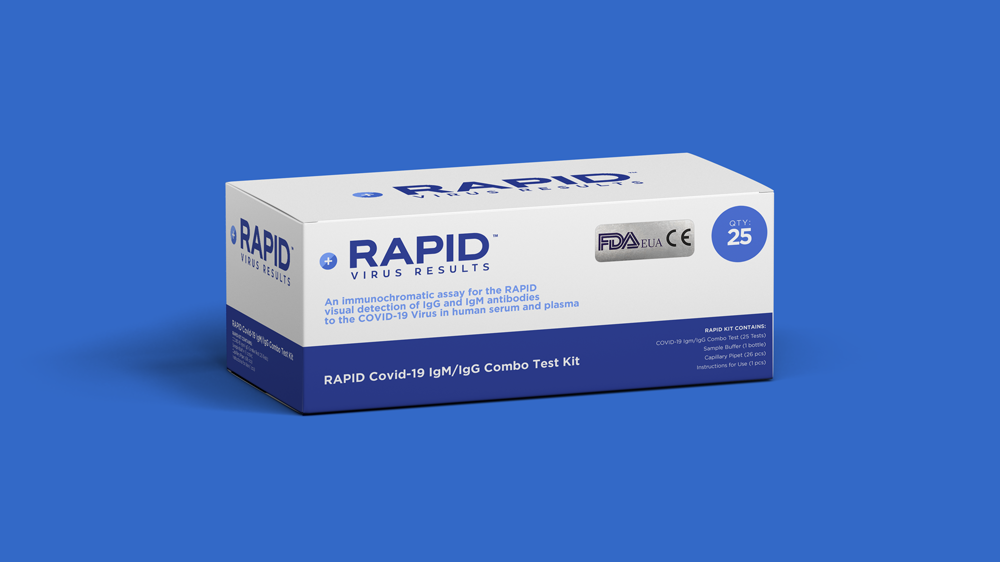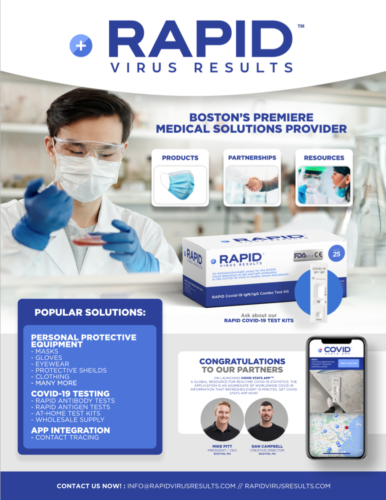Covid-19 has ravaged the world both directly and indirectly. A big part of the anxiety has been the confusion and discordant involving the entire testing process. Until now. Boston based Rapid Virus Results, LLC has streamlined this process, providing global solutions with the world’s fastest -and most accurate- covid tests.

Publisher’s Note: For this issue, BostonMan Magazine set out to write a feature on the breakthroughs and impact local company Rapid Virus Results, LLC have had in producing solutions for quick and accurate Covid testing -both in the detection of the virus as well as any related antibodies in individuals.
Prior to sitting down with RVR President Mike Pitt, I asked that he send me an outline of the developments of his company, and -for my own sake- clarity in the different types of testing in the market.
Upon reading this documentation, it became clear that the best service to our BostonMan readership and community was to -rather than me write a story with quotes from Mike- simply let the story be all in Mike’s words.
Here is what he sent me:
**

Monday morning: As I drive my kids to school, we break for a red light at a busy intersection. Adjacent to our position is one of the many Urgent Cares that seem to be popping up all over the place. The time is a little after 8AM, and there is a line of over 40 people, spread out every 6 feet, waiting to gain entry. I’m sure many of you have witnessed a similar, if not identical scene, at various locations during your travels these days. These individuals, we presume, are lined up to get some type of COVID test — where a negative result will allow them to recommence activities that either contribute to their financial, educational, or even mental/emotional well-being.
But do these individuals even know what test is being performed? Or how it is significant for their own health and well-being as well as those around them?
Over the past 10 months, our world has changed quite a bit from how we knew and experienced it “pre-COVID”. Though most, if not all, the changes have seemed drastic and significant, one of the most prominent is the voluminous precautionary testing that has since taken place. Though the rate of laboratory testing, rapid testing, and FDA approvals of new devices and applications for testing has increased, the public’s understanding surrounding testing has not matched its pace. The information below will strive to help demystify and provide some clarity around the different types of testing, why they are important, and how and when they are best utilized.
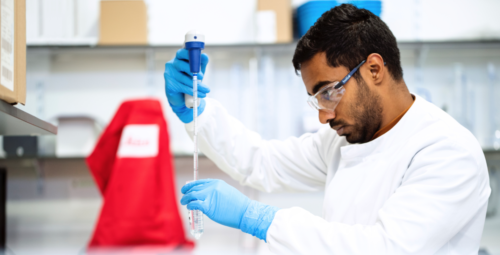
PCR
PCR (polymerase chain reaction)is the most common and recognizable of the testing applications. It is a fast and relatively inexpensive technique to amplify segments of genetic viral material. Sometimes colloquially referred to as the “brain-scratcher”, this test is administered by inserting a long swab into the nasal cavity, then rotated several times to collect an ample amount of specimen. From there the sample is sent to a lab for analysis.
Unfortunately, as some of us have experienced, the results of this analysis have resulted in wait times of 7-10 days after the initial specimen collection. Also, in some areas, there can be weight-lists just as long, if not longer, to even have a sample collected and sent off.
To offset these heavy volumes and extended wait-times, pooled-testing is performed. This is where numerous specimen samples are tested all together, with the hopes that all the samples return a negative result.
Advantages/Disadvantages: Commonly referred to as the “Gold Standard” in COVID testing, PCR does a great job at detecting minute viral material within an individual. An obvious drawback to anyone who even has a peripheral understanding of the test, is the time in which it takes to process a result, as well as the limitations associated with the accessibility of scheduling a test.
Another often overlooked inconsistency stems from self-administered tests, which may or may not produce enough of a specimen sample to produce an adequate test. This type of testing is extremely proficient at picking up and trace elements of genetic material within the system, the downside to this is that it can pick-up residual elements, which would trigger a Positive test result, weeks if not months after an infection has come and gone.
One way to verify if this is an active or past infection would be through the utilization of Combo Antibody testing.
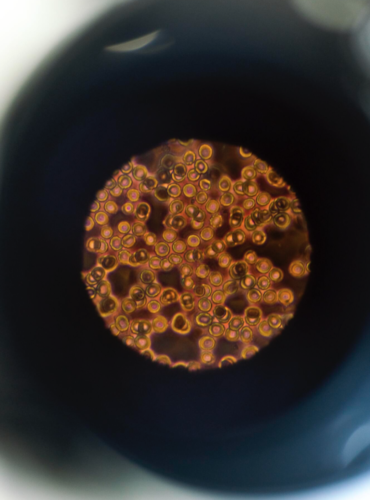
Combo Antibody
Combo Antibody (IgG/IgM) testing retains the second largest footprint in the testing space, based upon the amount of tests that are approved for use, though it is the one that is the least understood by the general public, as well as the least utilized.
This type of testing can commonly be referred to as Serology testing, generally utilized with a lateral flow immunoassay cassette. Though it sounds fancy and scientific, this is the same technology that is used by over-the-counter pregnancy tests devices.
The test is administered by obtaining a blood sample via a lancet (the finger “prickers” used to individuals who regularly check their blood-sugar levels), dropping that sample on the designated window of the cassette, adding a couple droplets of a buffer-solution, then sitting back and watching the test work in real time.
In general, this test will provide a clinically-actionable result within 10-20 minutes, depending on the test brand.
So what does this test do? Combo serology testing can indicate whether an individual has experienced a recent (IgM) or prior (IgG) infection. The IgM antibody is produced in the body 2-3 after an acute infection contact-point and lasts for 7-10 days, which indicates a recent infection.
The IgG antibody is produced around day 10-14 and indicates a prior infection, as well as some level immunity, though it is unclear how much or how long it would last. This information can be invaluable, not just clinically but also for surveillance purposes (CDC definition of surveillance testing), for contact-tracing, especially within asymptomatic populations, by identifying a recent window of time where an infection contact-point may have occurred.
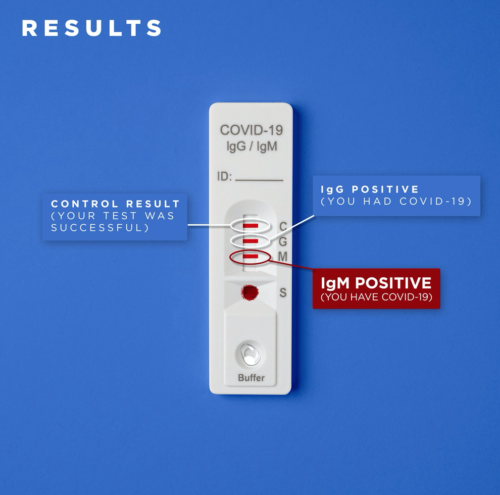
Advantages/Disadvantages: Easy to use, and easy to understand, on the whole, and (most importantly) very accurate. Additionally, its provides a wealth of information that other tests, simply do not.
These test cassettes are administered and read much like an everyday pregnancy test. They provide clinically-actionable information for individuals, clinicians and organizational leadership.
Because there is an incubation-phase associated with COVID, it is not uncommon for symptomatic individuals to start showing symptoms until day 5-6 (as outlined by the WHO) and can even extend to 14 days. That being said, theoretically Combo Serology test could identify individuals who are infected even before becoming symptomatic, if at all. Also, as of late January with the vaccination roll-out, these tests can be implemented to help determine the viability of the various COVID vaccinations that are entering the market.
Another added benefit, as pointed out by the Mayo Clinic, this testing can be extremely useful for identifying plasma donors who have COVID antibodies, which can be used to treat others in a severe disease-state and “boost the ability to fight the virus”.
Some possible shortcomings for this testing include: 1) the detection-gap at the beginning of an infection; 2) that 2-3 day window early on where the test will yield an inconclusive result. 3) The administration of this particular test, relying on a blood sample for a “finger prick”, which can be an annoyance for some, and a hurdle for others. 4) And lastly, up to this point, a prominent limitation with regards to this test has been accessibility.
Currently this test is limited, in a clinical-use scenario, to offices, laboratories, and facilities that have a distinct lab certification (this is known as a CLIA Certification), which has muted the benefits that could be realized from more widespread use. Though this constraint appears to be dissipating, with the incoming administration making direct reference to the point that these types of limitations will be slacked, if not removed, to help ensure accessibility to more testing options for the general public.
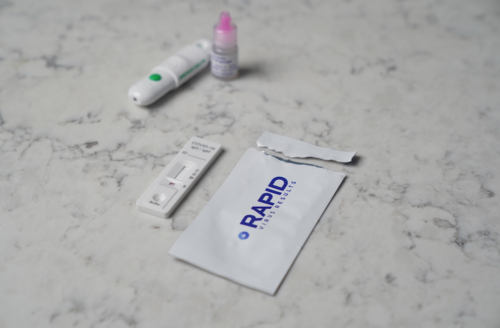
Antigen
Though not as prevalent on the market, with under 10 manufacturers holding FDA EUA approval, Antigen testing might be the most recognizable to the public, if only by name. In a broad sense, an antigen is any substance that causes an immune response in which antibodies are released. In general, these are composed of proteins, peptides and polysaccharides that rest on the outside of a virus. A large portion of Antigen testing is administered with a nasal swab (though there are some throat-swab and sputum applications coming to market) in the same fashion as a PCR test, but rather than being sent to a lab for a thorough diagnostic analysis, the sample is then entered into a special solution. From there, much like the Combo tests, that solution is dripped onto the test cassette and a clinically-actionable result is visible within 15-30 minutes, depending on the test brand.
So what does this test do? Rapid antigen tests identify the presence of antigens within the body, which would indicate an active infection within that individual. Antigens are most prevalent in the system within the first 5-7 days of symptom onset.
During this period the volume of antigens is at its highest, thus making this the optimal window of detection. With regards to asymptomatic patients, it is much harder to pinpoint the most optimal and appropriate time for this type of testing. It is for this very reason that you see these tests being used “off-label” for screening purposes in certain circumstances, as is routinely seen in a multitude of care settings, amongst others.
Because of supply chain challenges and molecular testing capacity issues, the implementation of fast-acting rapid antigen tests have proven to be extremely valuable in helping to curtail outbreaks amongst at-risk populations.
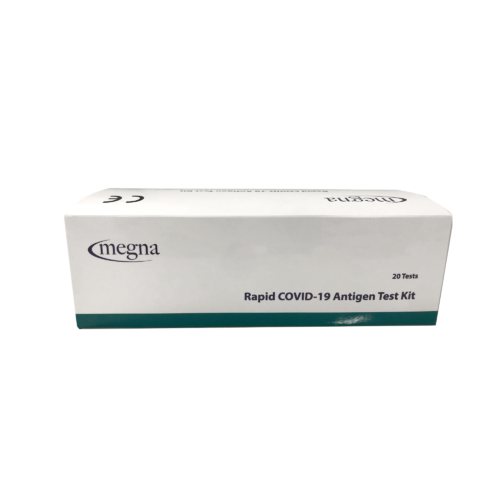
Advantages/Disadvantages: Much like the Combo Antibody test, most antigen tests are very easy to use and integrate into existing testing protocols. Though not fully diagnostic, rapid antigen tests provide a great frontline answer for screening individuals, both symptomatic and asymptomatic. As with all available tests, there is going to be a window of variability due to the incubation-phase at the earliest onset of the virus, but the ability to provide some sort of qualitative distinction coupled with the rate (generally 20-30 min) of result makes this test invaluable and essential for any fully integrated safety/testing protocol.
It should be noted that a positive result on an antigen test, as with a Combo test, does not necessarily confirm an individual is actually infected. A positive test result only obliges or necessitates that individual to confirm that result with a subsequent PCR test, or quarantine for the appropriate amount of time, or a negative result via a PCR test is obtained.
An apparent drawback to rapid antigen testing is the accuracy of these tests. Compared to PCR and Combo Antibody tests, Antigen tests have a higher rate of both false-negative and false-positive results. This is due to a number of factors ranging from cross-reactivity, user-error, and like all the tests previously mentioned, the timing of when the test is administered.
Rapid Virus Results, LLC
As can probably be deduced, none of these tests provide us with the “magic bullet” for how best to identify a positive COVID infection. Rather a Swiss-Cheese-Methodology needs to be implemented to provide layers or protection and coverage of the gaps that exist in all of them. These are complex times that demand complex thinkers to come up with comprehensive solutions.
Rarely are these solutions cut-and-dry, addressing all scenarios, quelling all anxieties, while providing a black-and-white answer to the COVID question for “How do we get back to normal?”
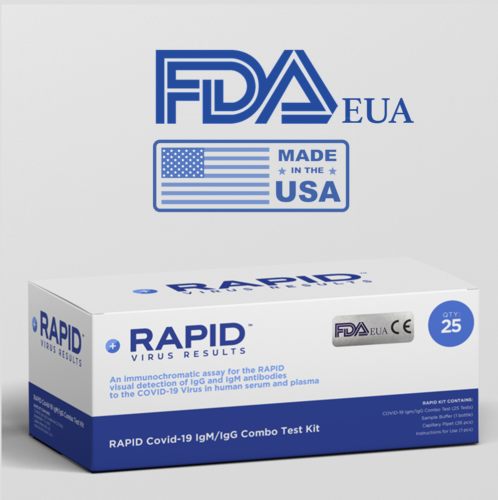
At RVR (Raid Virus Results), this is the question we wrestle with daily, whether for ourselves, our employees or our clients. RVR is a strategic solutions group providing resources, guidance, products and partnerships for organizations, institutions, municipalities and governments, both domestically as well as internationally.
We have provided our expertise to collegiate athletic committees like Hockey East, Return to Play, and the CAA Sports Medicine + Strength and Conditioning Committee in advising them on how to best integrate their testing protocols.
We have also 1) counselled multinational companies on their Safety and Readiness Protocols; 2) implemented disinfection and sanitizing services for hospitality organizations; 3) provided supply-chain solutions for municipalities and governments, both domestic and foreign; 4) as well as worked with privately-owned small businesses with solutions to get back up and running.
Our mission is to work with and for our clients, pulling together the complex elements to help them, not just survive, but thrive in this environment. Though we might not be able to “get back to normal” as we once knew it, that does not stop us from striving to find the solutions to get us back on track.
At RVR it is important for us to not just look out for our clients but to use our expertise, network and offerings to entities who would otherwise have a harder time accessing such resources. That is one of the many reasons that we have made a commitment to partner with the Pete Frates Family Foundation in their mission to continue to assist ALS patients and their families.
The ALS community is one of, if not thee, most at-risk demographics during this time. It is paramount that we do what we can to lighten the load that this pandemic has added to patients and their families. Pete Frates, the co-creator of the Ice Bucket Challenge, which ignited fundraising efforts for ALS research, was a very close friend of myself and the other founding partners of RVR. And that mission is still very close to our hearts.
**

